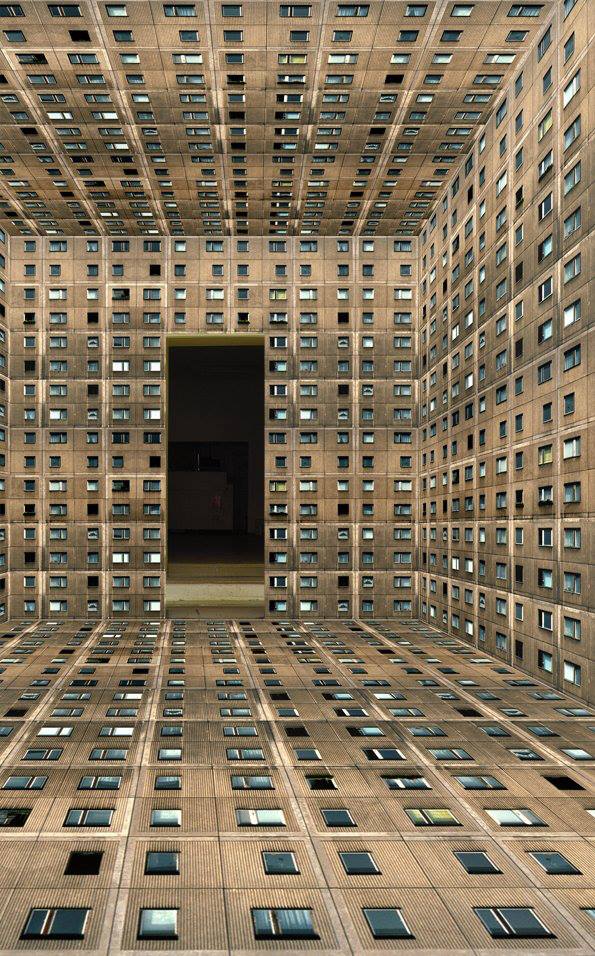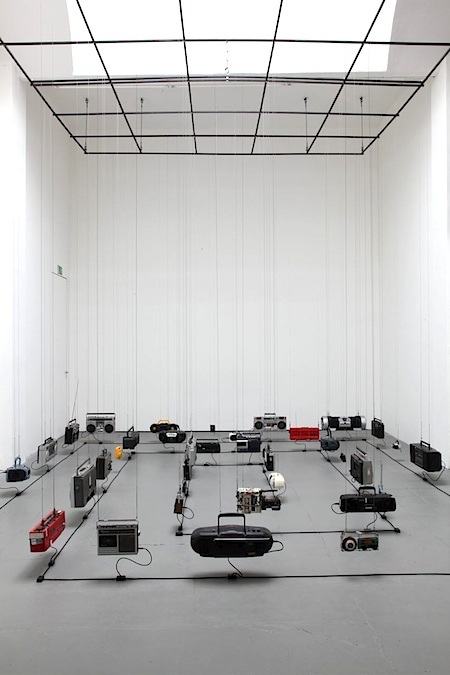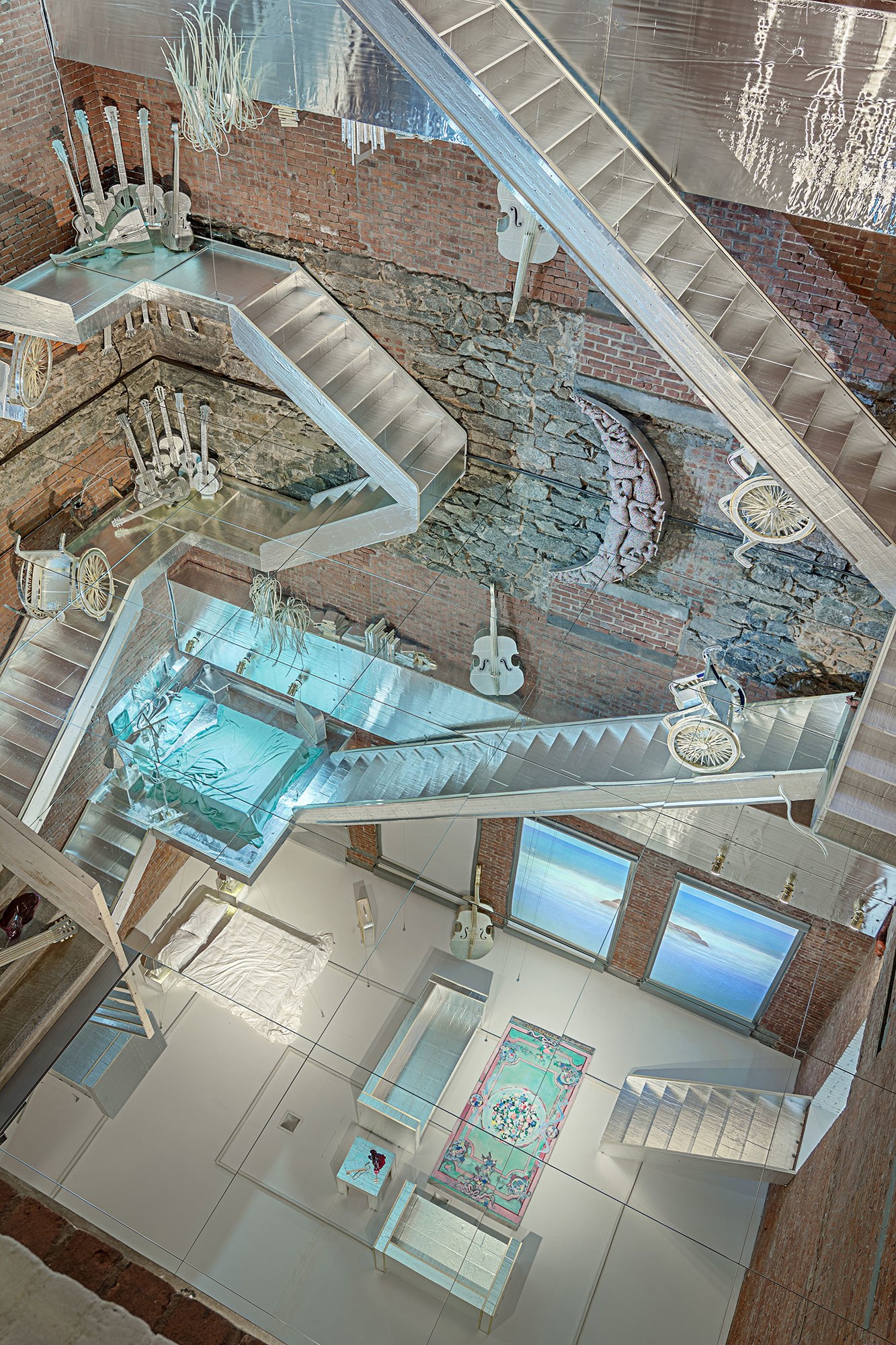
ANNETT ZINSMEISTER
Annett Zinsmeister is a german artist based in Berlin. She received her diploma at UDK – University of Arts and Design in Berlin[…] Her work has been shown in international exhibitions and museums, it is part of public and private collections and published in numerous publications. In her work she focuses on the intersection of art and architecture. She creates large-scale installations, conceptual and built spaces, photography, drawings, films and collages dealing with space. Recurring fundamentals in her oeuvre are the analysis, use and creation of modular principles, multiples, structures, patterns; and themes referring to the search for identity and utopian ideas, social interaction, communication, and the transformation of urban space.





